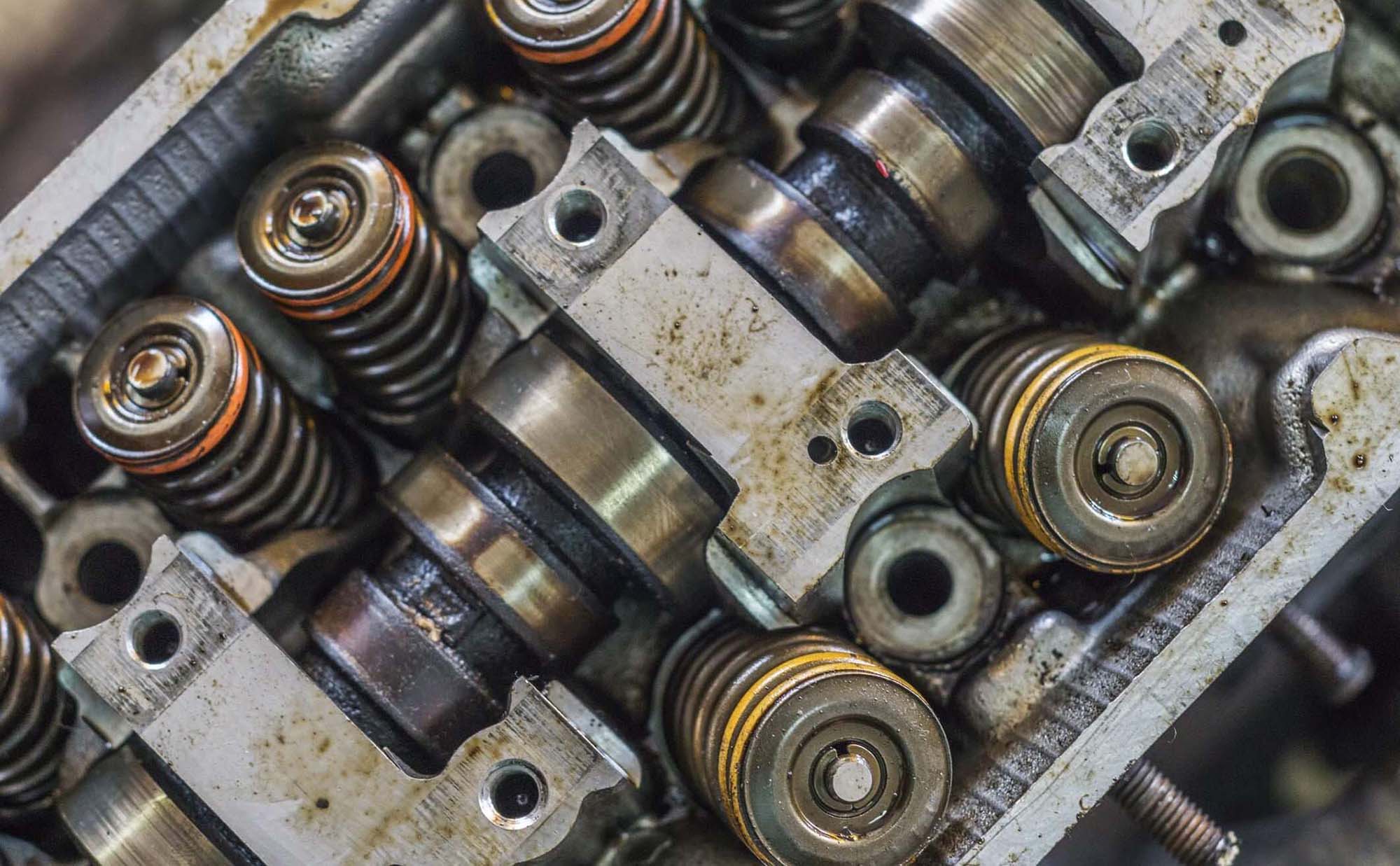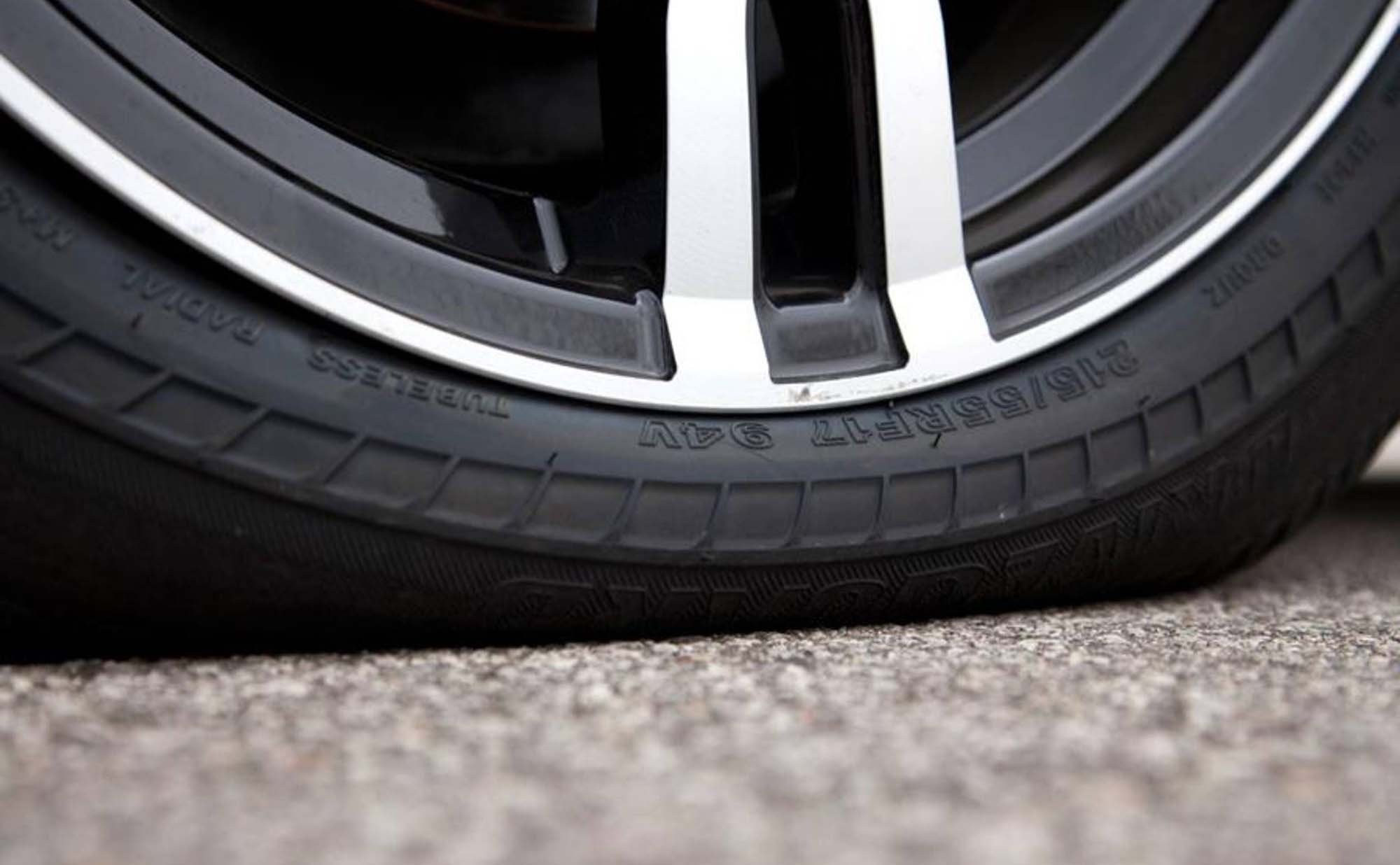Run flat tires are all the rage, but they aren't right for everyone (or every vehicle). Here is a list of the pros and cons, so you can make an informed choice.
The words “blown head gasket” sound like a fairly serious problem, and it is a costly one to repair, but actually detecting a faulty head gasket is usually straightforward – even for the layperson. Here are some common signs of a faulty head gasket for some DIY diagnostics.
If the diagnostics sound intimidating, or you know you need the work done, just get in touch. Head gaskets are a big job, but no biggie for the experts. You will be happy that it’s fixed!
1. Smoky Exhaust
One clue to a blown head gasket can be found if you simply examine your vehicle’s exhaust system. For example, excessive white smoke that keeps emanating from the exhaust pipe and a sweet odor from the area of the exhaust pipe are common signs of a blown gasket. It should not, however, be confused with the condensation you see in the cold winter weather when you first start your engine. That is normal and will clear up once the car warms up. If you do notice this sign, you should promptly have a garage perform a diagnostic to confirm your head gasket is blown. There are two types of diagnostic tests that can be performed. One is a chemical test that is quick to perform. It uses a special suction tube and dye that changes color if there is carbon monoxide detected in the cooling system. The other more solid test is what is called the leak-down test. The spark plugs are removed and each cylinder is pressurized with compressed air. If there is a head gasket leaking you will see a rise in the radiator coolant level when the air pressure pushes past the gasket and enters the cooling system.
2. Radiator issues
Sometimes when head gaskets start to leak they will cause some problems with the radiator. There could be a mysterious and recurring loss of coolant where there is no apparent external leak from any of the cooling system components. You can also encounter that the engine will overheat prematurely. In more severe cases, there can be so much pressure created by the leaking gasket that the radiator will build up excessive pressure in a very short period of time. This is where extreme caution needs to be exercised. With the engine running from a cold start, if after 2 minutes you shut the engine off and carefully release the pressure of the cap and find a tremendous amount of air pressure built up, then you should promptly have a garage perform a diagnostic to confirm your head gasket is the culprit.
3. Washed Spark Plugs
Occasionally if a head gasket has been leaking for a while, the spark plugs will become “washed” because they’re being essentially “steam cleaned” with coolant. Observe your spark plugs to see if one has a much whiter look than the rest. There can also be a symptom of what feels like a misfire for a brief moment. It can occur with the engine when you start up first thing in the morning or after having driven it for 1/2 hour and, for example, going shopping for an hour or two and starting your engine again. In this case, coolant is splashing up onto the plug and temporarily shorting the spark mode. In severe cases of blown head gaskets, you can actually see the spark plug is soaking wet when you remove it and if you were to crank the engine over with the spark plug removed, you could even see coolant spraying out of the holes where your spark plugs go in.- definitely replace your head gasket immediately.
How Do I Prevent A Blown Gasket?
The most common preventable cause of head gasket failure is an engine that overheats. So, to prevent blowing a head gasket, prevent your engine from overheating. This means ensuring that your cooling system is in good shape. Make sure the coolant, hoses, thermostat, and water pump are all in good condition – and make sure that your radiator is not getting clogged.
If your vehicle shows any of these symptoms it’s important to either assess the problem promptly. Regardless of whether you do the repairs yourself, or schedule an appointment with your engine mechanic, make sure you get that blown gasket fixed. Ignoring it for a prolonged time could cause the cylinders to fill with so much coolant that the engine could have a “hydrostatic lock” and seize the engine with possible additional damage to the piston and connecting rods.




